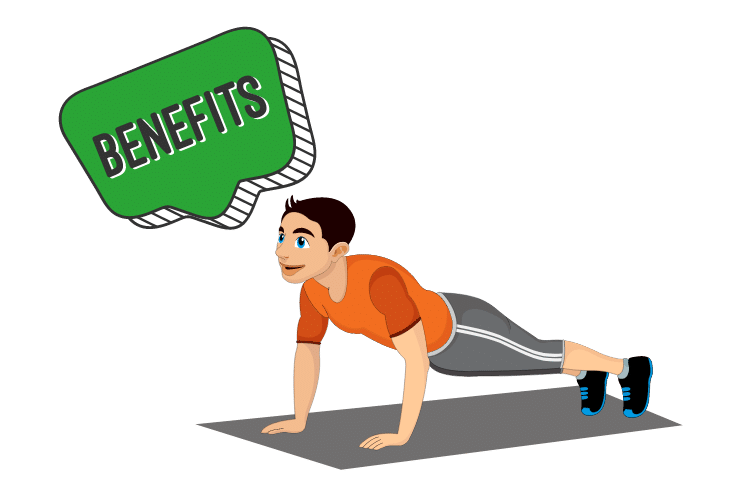What is a Pull Day Workout?
A pull day workout is a component of the popular push-pull-legs split, revered for its efficiency and effectiveness in muscle building. On a pull day, you focus on exercises that work the muscles involved in pulling movements, typically the back and biceps. Consequently, exercises like rows, pull-ups, and bicep curls are your primary moves. Because of this, a pull day complements a push day, where you work on muscles involved in pushing movements.
How Many Exercises Should Be in a Pull Day Workout?
In general, a well-rounded pull day should include 5-7 exercises. This typically involves a mix of compound and isolation movements. Compound exercises like deadlifts, rows, and pull-ups are essential for building mass and strength. Conversely, isolation exercises like bicep curls and rear delt flyes ensure that smaller muscle groups are not neglected. By balancing the number and type of exercises, you ensure comprehensive muscle engagement and growth.What Equipment Do You Need For a Pull Day Workout?
- Barbell and Weight Plates: For deadlifts, rows, and other compound movements.
- Dumbbells: Essential for rows, shrugs, and bicep curls.
- Pull-Up Bar: Perfect for various pull-up and chin-up variations.
- Resistance Bands: Great for face pulls and additional resistance training.
- Cable Machine: Useful for lat pulldowns, rows, and face pulls.
- Gym Bench: Necessary for certain exercises like dumbbell rows.

Muscles Worked in a Pull Day Workout
Lats
The latissimus dorsi, or lats, are the broadest muscles of the back. They play a pivotal role in pulling movements. Exercises like pull-ups and lat pulldowns target these muscles, helping to create a wider, more muscular back. Additionally, having strong lats aids in other compound movements and enhances overall upper body strength.Traps
The trapezius muscles, extending from the neck to the mid-back, especially benefit from a pull day workout. These muscles assist in moving the shoulder blades and support exercises like shrugs and rows, contributing to upper back thickness and strength. The traps also play a vital role in maintaining shoulder stability, reducing the risk of shoulder injuries.Lower Back
Lower back muscles, including the erector spinae, are activated prominently during deadlifts and hyperextensions. A strong lower back is crucial for maintaining posture and avoiding injuries, whether during exercise or daily activities. Core stability and overall functional strength are significantly improved with targeted lower back workouts.Rear Delts
The rear deltoids are the posterior part of the shoulder muscles. They are often targeted with exercises like face pulls and reverse flyes. Strong rear delts enhance shoulder stability and improve the overall aesthetics of your physique. Moreover, they play a crucial role in maintaining balanced shoulder development and preventing forward shoulder posture.Biceps
Almost synonymous with the “pull” in pull day, the biceps are activated in every row and pull-up variation. Including bicep curls and hammer curls in your routine will directly target these muscles, contributing to arm strength and size. Strong biceps not only improve arm aesthetics but also support other upper body movements.Grip & Forearms
Grip strength and forearm muscles are often overlooked but are essential for overall performance. Exercises like farmer’s walks and wrist curls can significantly benefit grip strength, aiding in better performance in other pull day exercises. Enhanced grip and forearm strength also contribute to better control and stability in compound lifts.Benefits of a Pull Day Workout

Balanced Development
A pull day ensures that the muscles opposing those worked during a push day are adequately trained, promoting balanced muscular development.Injury Prevention
By strengthening the posterior chain and improving muscle imbalances, pull day workouts help prevent common injuries.Improved Grasp Strength
Pull day exercises naturally improve grip strength, crucial not only for weightlifting but also for everyday activities.Enhanced Posture
Strengthening back muscles leads to better posture, reducing the likelihood of back pain and related issues.How to avoid injuries
To maximize gains and minimize setbacks, avoiding injuries is crucial. Always start with a proper warm-up: engage in dynamic stretches and light cardio to prepare your muscles. Maintaining proper form is essential. Poor form can lead to injuries, so focus on technique before increasing weight. Gradual progression is key; increase weights gradually over time, as sudden spikes can cause muscle strains. Rest and recovery are equally important; allocate enough rest between workouts since overtraining can lead to injuries and hinder progress. Lastly, consider using support gear like weight belts and wrist wraps for added support during heavy lifts.

SUPPLEMENTS TO MAXIMIZE YOUR PULL DAY PERFORMANCE
Supplements can provide the extra edge needed:
- Protein Powder: Essential for muscle recovery and growth.
- Creatine: Improves strength and power output.
- BCAAs: Helps in muscle repair and reduces soreness.
- Pre-workout: Provides an energy boost for more intense sessions.
Pull Day Workout Summary
A well-executed pull day routine is a cornerstone in the push-pull-legs split, focusing on exercises that develop back muscles, biceps, and grip strength. By using a mix of compound and isolation movements and paying attention to form and progression, you’ll achieve commendable results in muscle gain and strength. Consistent adherence to these principles ensures not just short-term but long-term fitness success.
